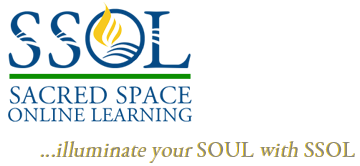In 70CE the Romans destroyed the Temple in Jerusalem. Second Temple Judaism, whose worship consisted of animal sacrifice permitted by biblical command only at the Temple, would have to reinvent itself as Rabbinic Judaism. Contemporaneously, the authors of the New Testament Gospels were writing about the Jewish apocalyptic prophet whom they believed was the awaited messiah. For both the rabbis and the gospel writers, for both ancient Jews and ancient Christians, the central authoritative text was the Torah and the other books we now call the Hebrew Scriptures.
This course surveys how the interpretation (and reinterpretation) of these books spawned two rival cultural systems, Judaism and Christianity. The issues addressed are: 1) What are the truth claims of Judaism and Christianity? 2) In the first centuries of our era, how did Jewish biblical interpretation differ from Christian? 3) What differences resulted in “the parting of the ways” between Judaism and Christianity? 4) How does each culture deal with the biblical passages concerning: circumcision, the food laws, the Sabbath, Passover, the manifestations of the deity (e.g., Logos), the messiah, atonement/redemption, and the concept of Israel as the chosen of God?
Learn more about this religious online course and register on Harvard University
Disclaimer: Sacred Space Online Learning (SSOL) seeks to provide individuals with information about religious, spiritual, or faith-based online resources from a variety of sources. Sacred Space Online Learning does NOT claim ownership over this online course or online offering. Sacred Space Online Learning is also NOT responsible for the accuracy of the materials, the content, the way they are advertised or taught, or the costs associated with this online course or offering. The views and opinions expressed in this online course or offering are those of the creators and/or the persons appearing in the online class or offering. They do not necessarily reflect the views and opinions of SSOL, the OFLD, or MCC. If you have any questions or concerns please contact the creator(s) of the given online course or online offering.




